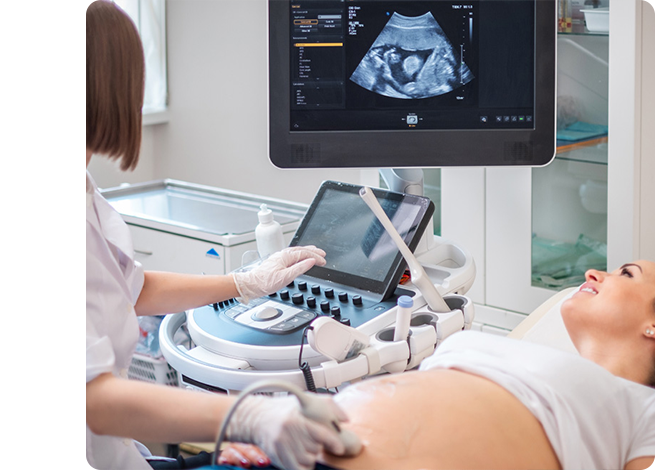Fibroids
In many cases, fibroids don’t cause any pain or symptoms.
Other symptoms can include
- Heavy periods
- Lengthy periods
- Spotting between periods
- Painful intercourse
- A sensation of heaviness or pressure in the back, bowel and bladder
- Frequent urination
- A lump or swelling in the lower abdomen
In some cases, fibroids can cause complications including
Excessive menstrual blood loss which can cause anaemia. Symptoms of anaemia include breathlessness, fatigue and paleness.
Large fibroids can press against the bladder, causing a sensation of fullness or discomfort and the need to urinate.
The presence of fibroids can interfere with implantation of a fertilised egg, cause infertility or difficulty in conceiving.
During pregnancy, fibroids can reduce blood flow to the placenta, or compete for space with the developing baby. This may result in a miscarriage or premature delivery.
Treatment and diagnosis
Fibroids can be detected using an ultrasound or examined with a hysteroscope, a thin tube passed through the cervix. A small camera may be placed at the tip of the hysteroscope, so that the interior of the uterus can be viewed on a monitor.
Most fibroids do not cause symptoms and do not require treatment. If detected, a ‘wait and see’ approach is sometimes adopted.
In the cases where treatment is required due to pain, pressure on the organs, abnormal bleeding or issues with fertility,



the following treatments may be suitable
- Medications to shrink the fibroid
- Hormone therapy
- Surgery to remove the fibroid ( Myomectomy)
- Laparoscopy or ‘keyhole surgery’ to remove the fibroid through the abdomen
- Open surgery via an abdominal incision to remove larger fibroids
- Hysterectomy to surgically remove some or all of the uterus.
